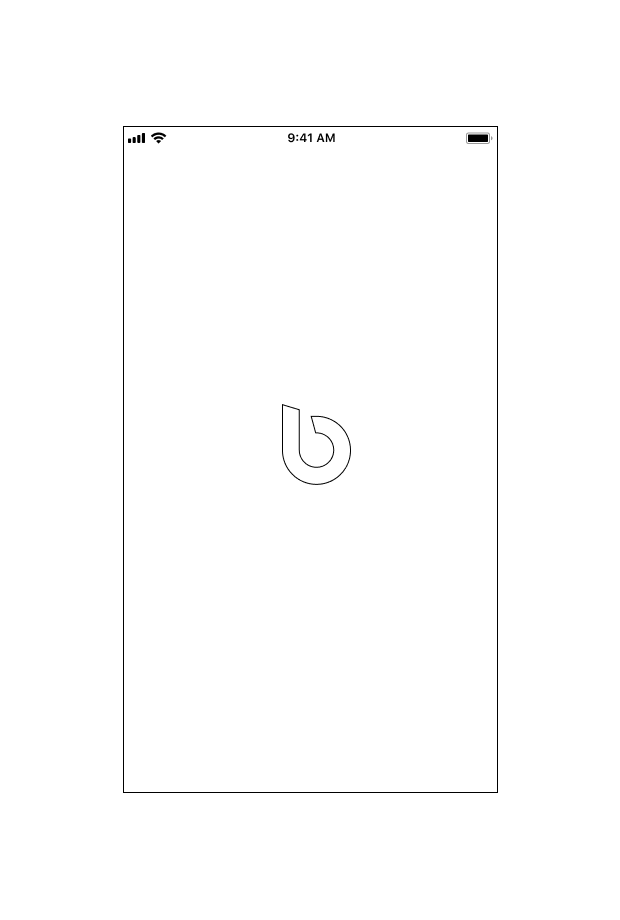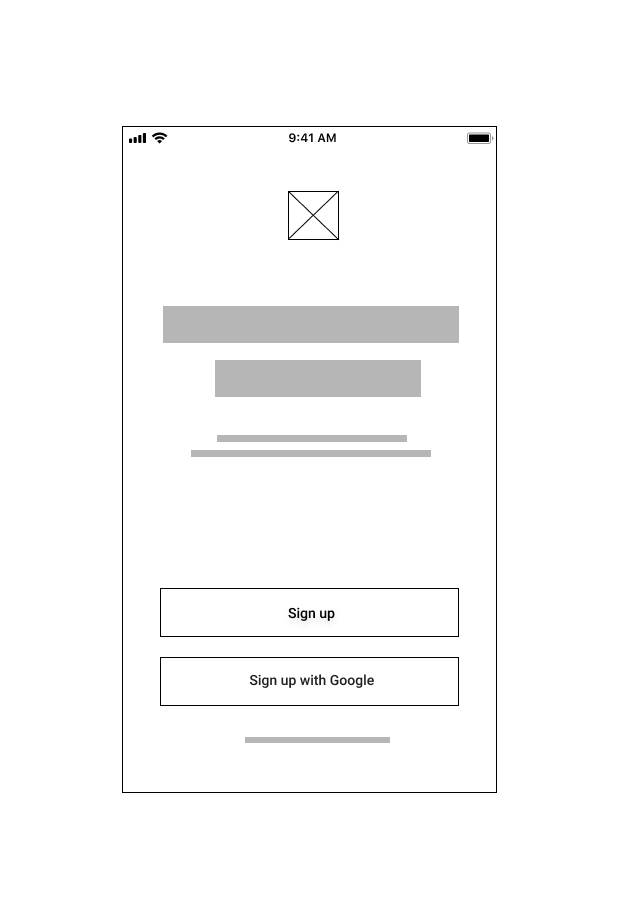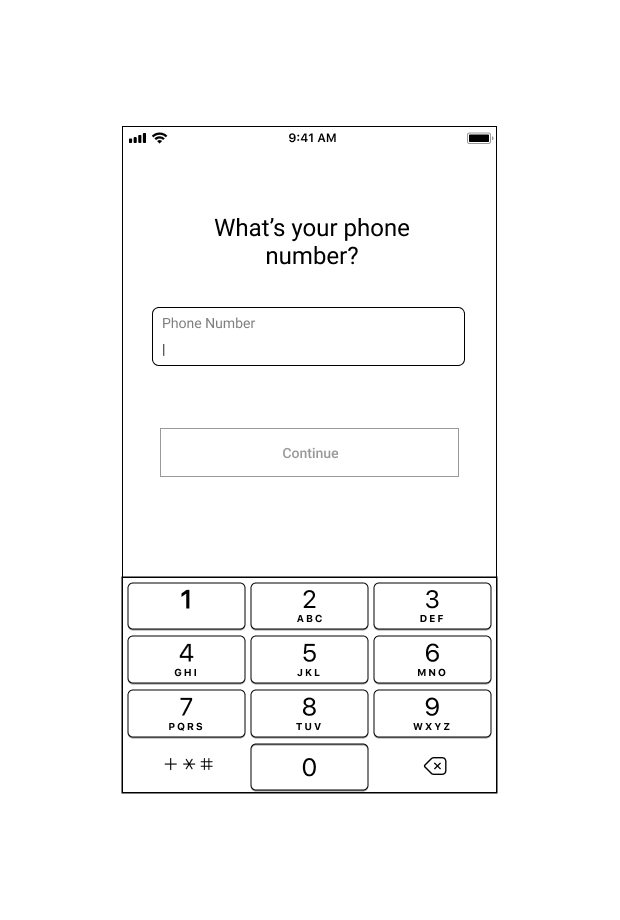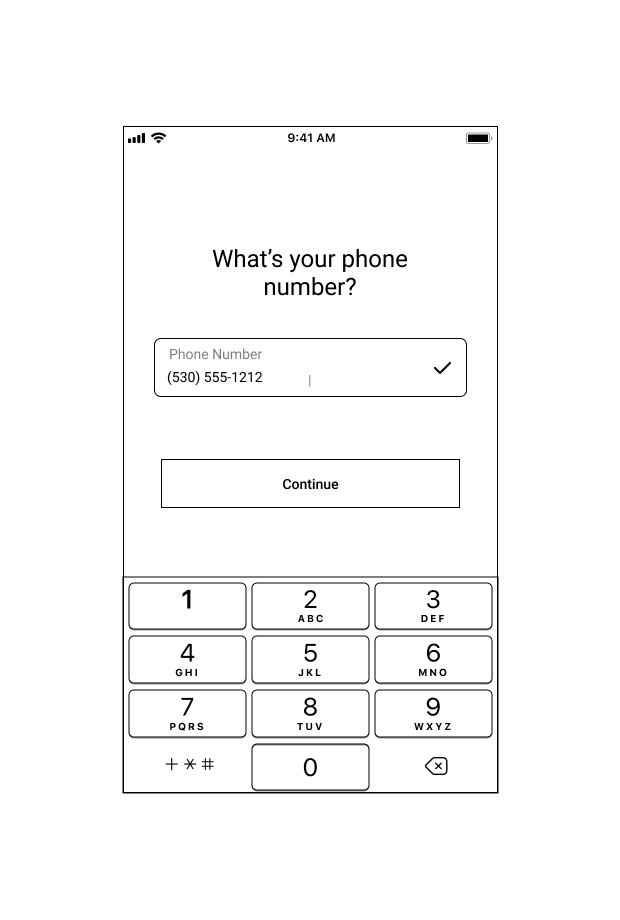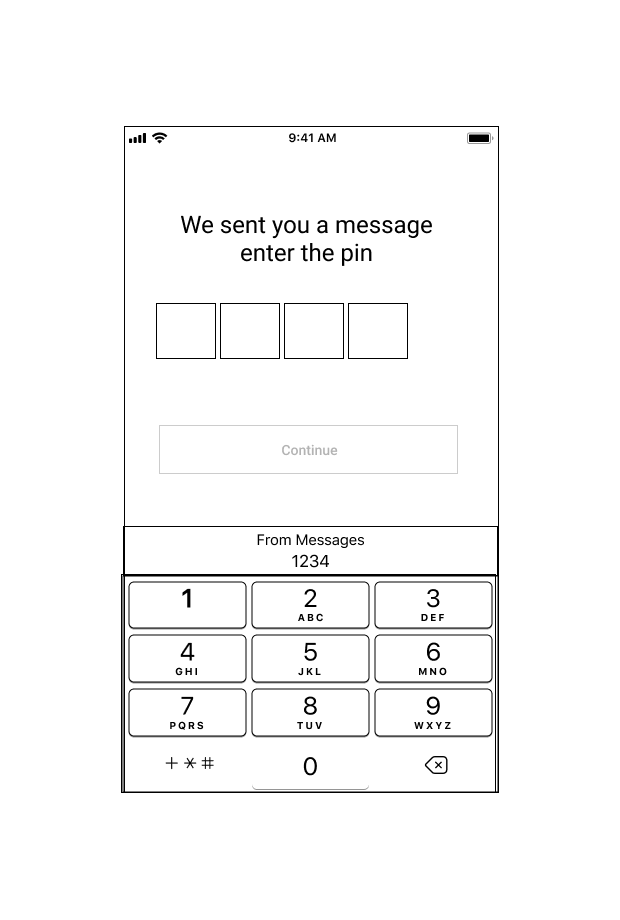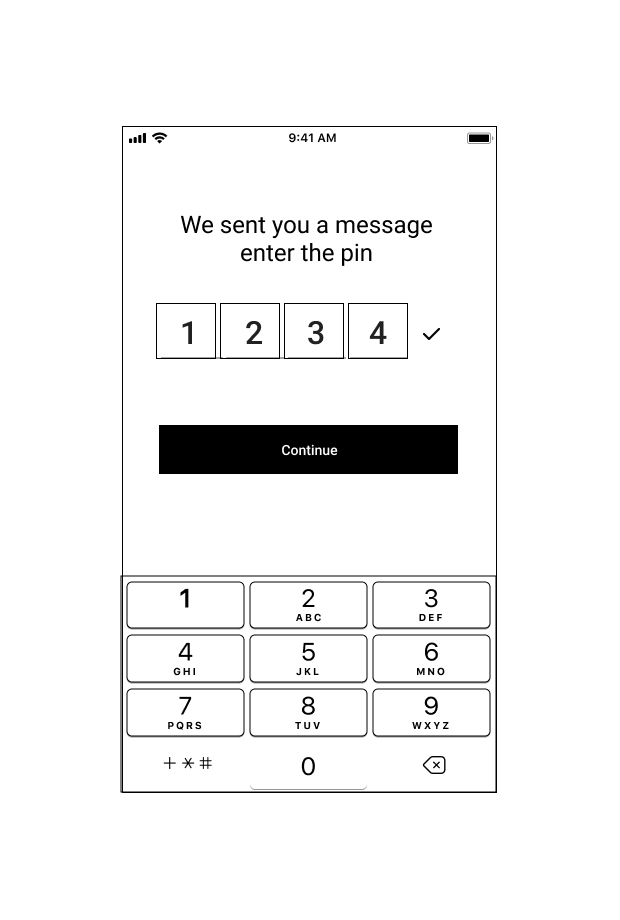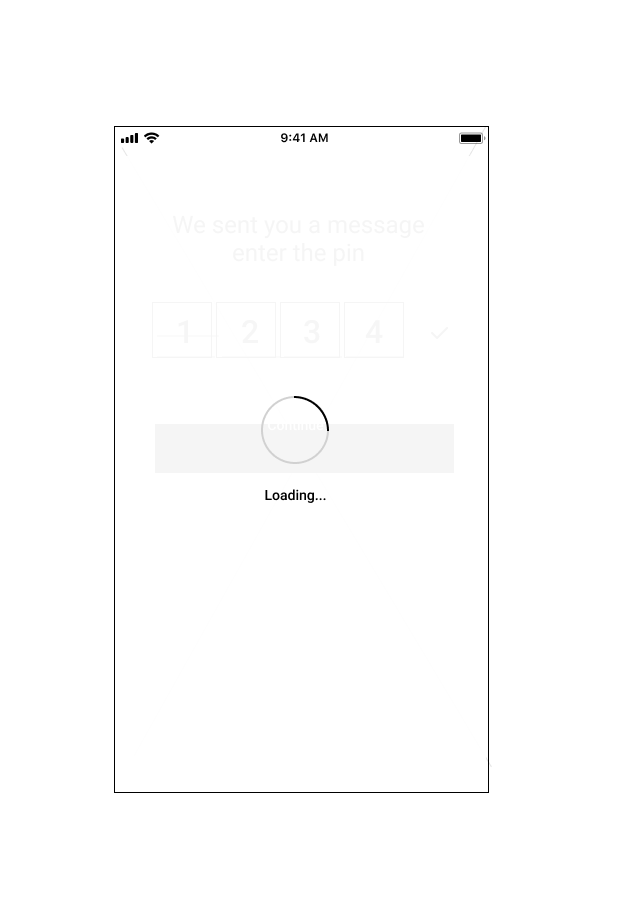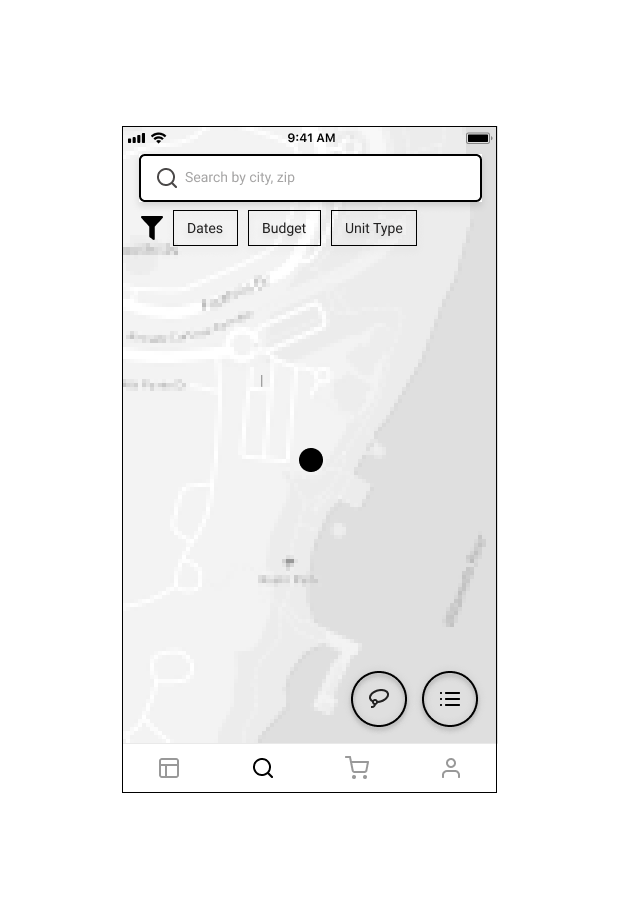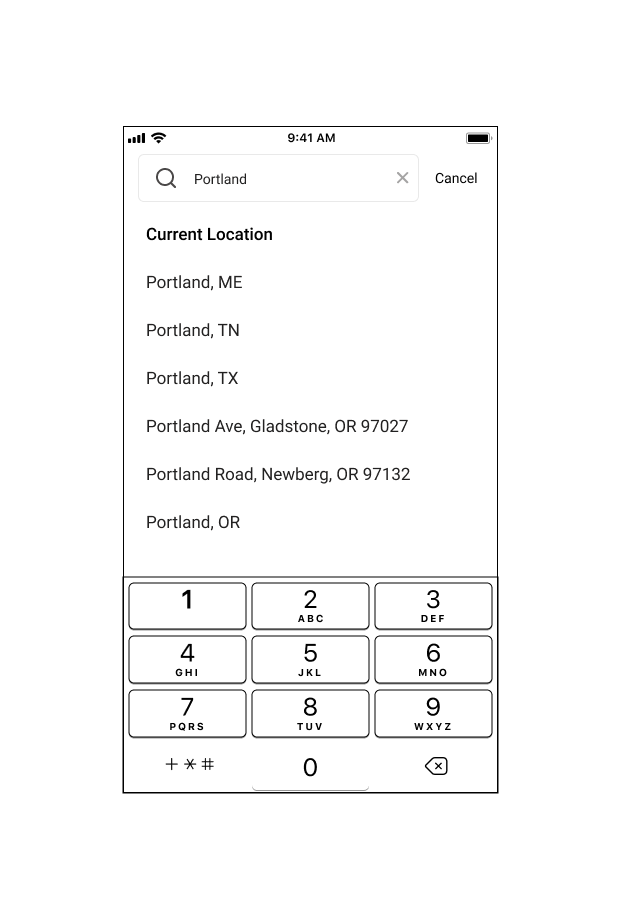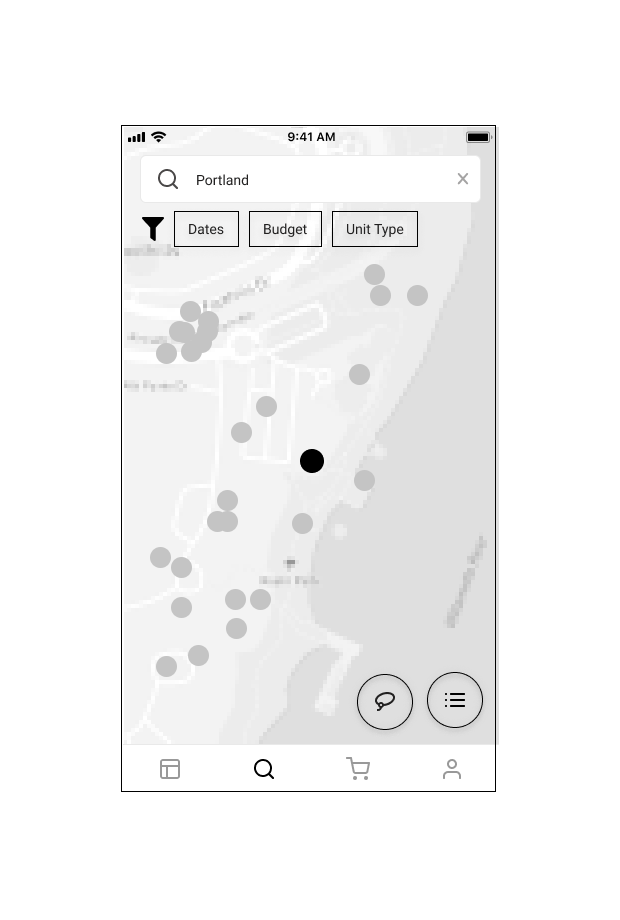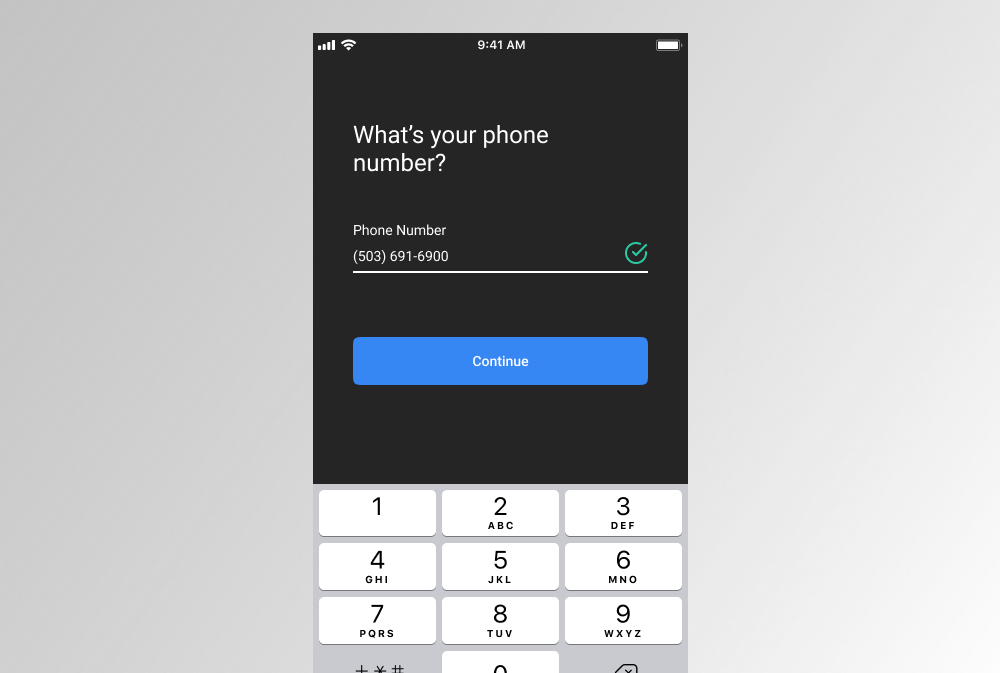Building user stories / personas
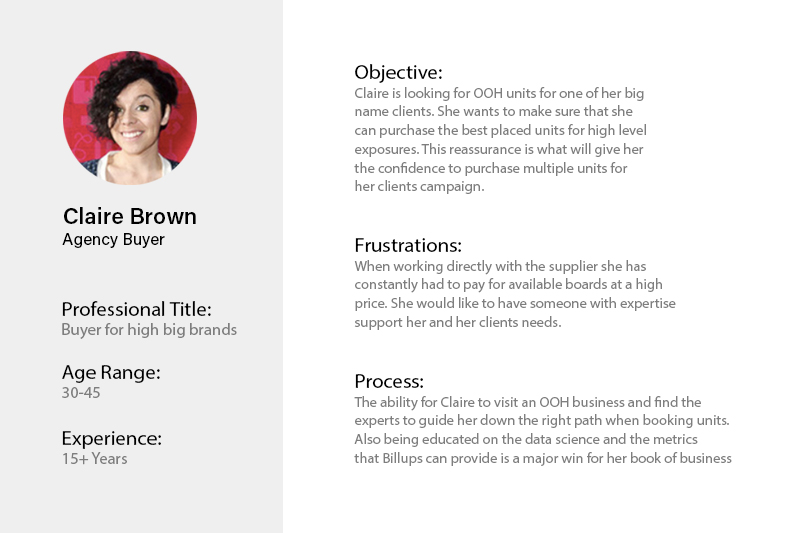
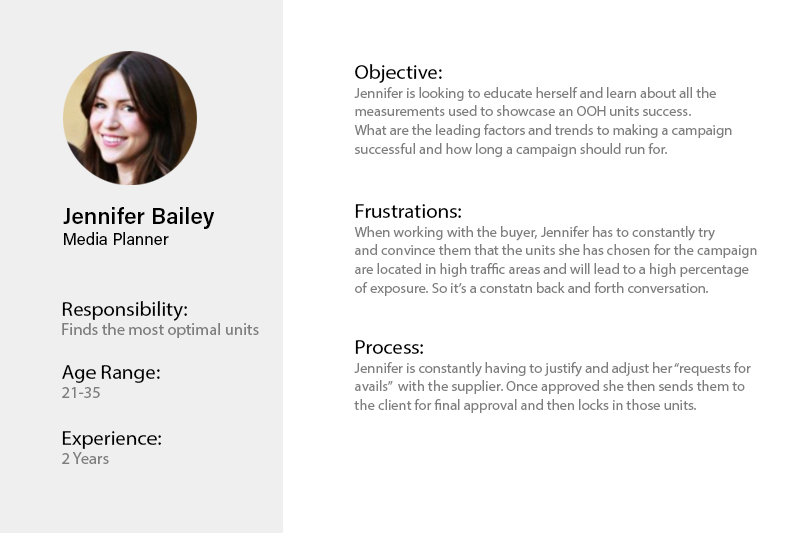

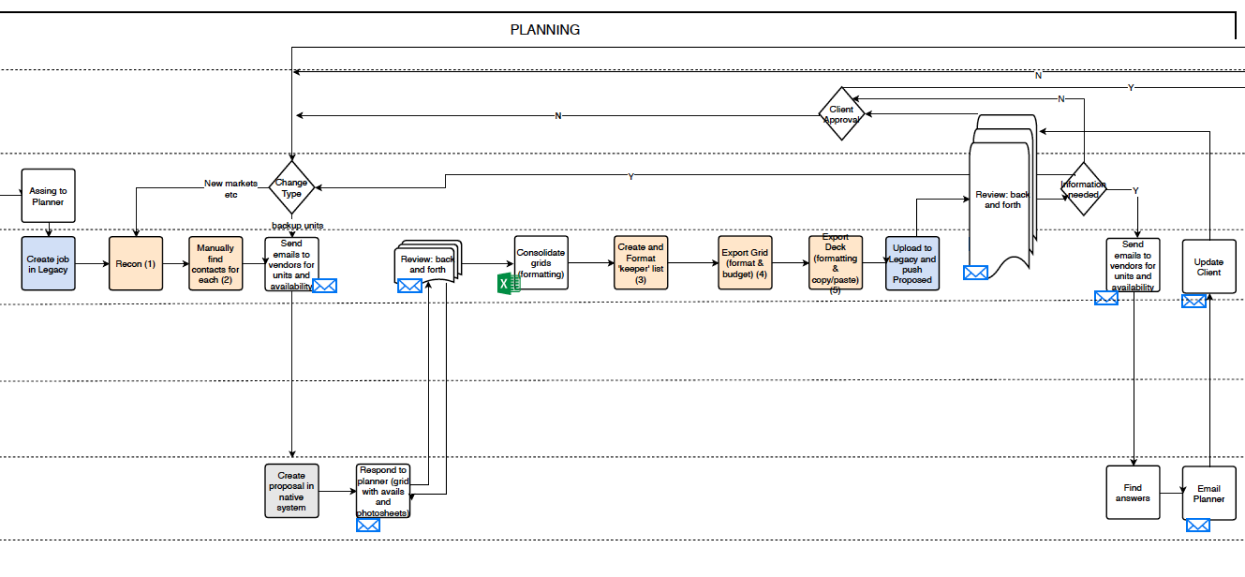
Stop gaps in the planning process
This flow shows the planners tedious back and forth with the supplier (Lamar, Clear Channel, Outfront Media) and then checking back with the client to get approval on proposed units for the campaigns. It also shows the email touchpoints where communication takes place.
- Pros
- There was definitely a process that was in place to model designs after
- Communication and relationships were important in the process
- The infrastruture of the process could easily be simplified with technology
- Cons
- Too much back and forth betweewn the client and planners
- Each person in the process is a bottleneck, because they work within their own silo'd processes
- All efforts of the campaing planning userbase could be streamlined
Team brainstorm sessions
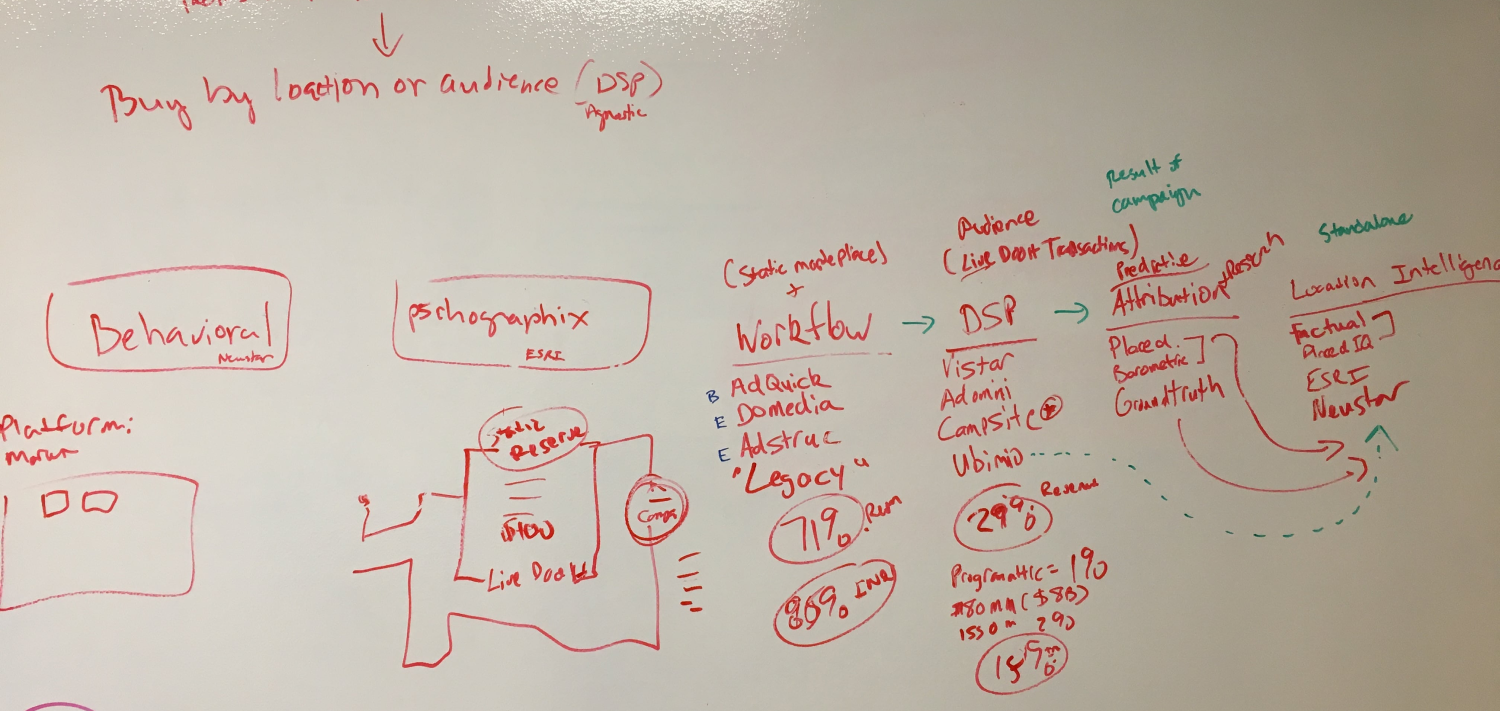
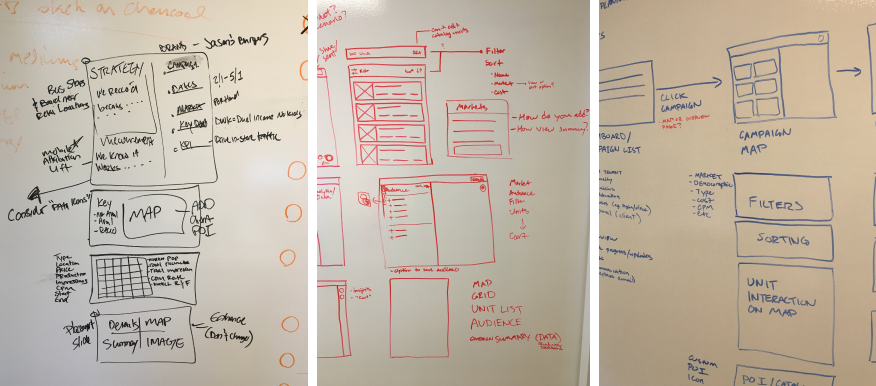
Wire-framing out the mobile experience
The Team starts this process off by workin with the signup part of the flow. The goal was to create a frictionless experience so the signup sign in process should follow that model. The Team uses a phone to pin pattern for our validation requirement

